Enzyme peeling: application, benefits and most popular cosmetics
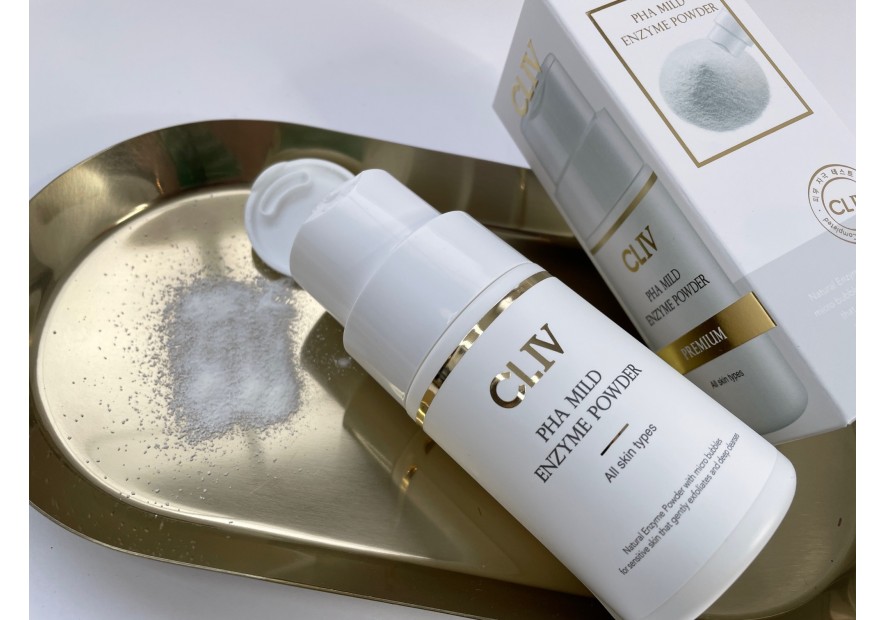
What is an enzyme peel?
Enzyme peels consist of enzymes, which are biological catalysts that accelerate chemical reactions in the cell and also control all chemical reactions in the body.
In enzyme peels, these enzymes are extracted from tropical fruits such as papaya, pineapple or mango. The enzymes, which can break down the bonds that exist between dead skin cells, make the skin healthy. They also prevent the formation of free radicals and slow down premature skin aging.
The main feature of enzyme peels is that they are the mildest type of peels available, making them ideal for sensitive, reactive and delicate skin.
What are the benefits of enzyme peels?
Among the benefits of enzyme peels are the following:
- Accelerates the cell renewal process by removing dead cells from the surface of the skin and promoting the emergence of new ones.
- Improves skin texture and elasticity as well as brightens the skin.
- Significantly reduces pigmentation.
- Reduces the size and depth of scars.
- Minimizes the appearance of wrinkles.
- Cleanses pores deeply, improves acne symptoms and prevents acne.
- Promotes subsequent absorption of cosmetic products such as serums and creams.
Who needs an enzyme peel?
Enzyme peels are suitable for all skin types, especially those with sensitive and very sensitive skin. It contains neither abrasives nor acids. For those with very sensitive and delicate skin, the use of chemical and physical peels can cause rashes. Thus, enzyme peels are definitely one of the best and most delicate ways to exfoliate the skin.
Enzyme peels for oily and combination skin help thoroughly refresh the skin and remove impurities, including excess sebum.
Enzyme peels for sensitive skin should also contain soothing ingredients (such as centella). On the other hand, for sensitive skin with dilated capillaries, cosmetics containing the proteolytic enzyme papain are better suited. Enzyme powder with papain exfoliates the outer layers of dead epidermis, reducing the visibility of blood vessels.
How does an enzyme peel work?
Enzymes are molecules that help break down certain chemicals. Most enzymes are protein molecules. They are used in enzyme peels to break down the proteins that bind the cellular structures of the stratum corneum.
How do I use enzyme peels?
Enzyme peels are easy to use. Enzyme powder should be mixed with warm water and applied to the face with gentle massaging movements. Afterwards, wash your face with warm water, apply toner and continue with your daily routine.
What are the most popular enzymes?
The most popular enzymes in cosmetics:
Papain - derived from the fruit of papaya, it exfoliates and lightens the skin.
Bromelain - it has an exfoliating effect, it comes from pineapple.
Ficin - derived from fig pulp, it has much stronger action than papain.
Actinidin - derived from kiwi, it exfoliates the skin.
Keratolin - an enzyme of biotechnological origin, exfoliates and lightens the skin.
What is the difference between enzyme peels and other cleansers?
Enzyme peels are the gentlest form of peeling, so they are suitable for all skin types, especially for sensitive skin. Dead skin cells are removed very gently, metabolism and skin regeneration are accelerated, as young cells reach the surface of the skin more quickly. The enzymatic peeling not only purifies the skin, but also narrows the pores effectively.
Enzymatic peels are weaker than fruit acid peels, but are much gentler on the skin. The fruit enzymes used, such as papain from papaya or bromelain from pineapple, are so-called proteases that break down proteins. They break down the bonds between the horny cells.
The difference to fruit acid peels: Enzyme peels do not contain acids, but rather use the power of protein building blocks.
Do I have to exfoliate every day?
However, do not exfoliate every day. Exfoliating daily would be unnecessary and would lead to dryness and dehydration, which is bad for the skin. Instead, exfoliate once to three times a week to keep your skin's lipid balance intact.
The Top 5 Most Popular Enzyme Peels
Even though the positive effects after an enzyme peel usually show up later than after a chemical peel, your skin will thank you in the long run.
Learn which enzyme peels are the most popular.
CLIV PHA Mild Enzyme Powder
A hypoallergenic PHA enzyme powder that contains papain. It gently exfoliates the skin.
Petitfee B-Glucan Enzyme Powder Wash
Enzyme powder with beta-glucan. Beta-glucan provides extra hydration to the skin.
By Wishtrend Green Tea & Enzyme Powder Wash
An enzyme powder with green tea that gently exfoliates and tones the skin. It is perhaps the most popular enzyme powder that has won the hearts of many women.
BENTON Goodbye Redness Centella Powder Wash
Centella enzyme powder against skin irritation and redness with natural enzymes thoroughly cleanses skin, removes dead cells and leaves skin smooth and silky smooth. Contains:
Centella: soothes, moisturizes and nourishes skin.
Calamine (pink): has an antiseptic and pore tightening effect.
Plant enzymes (protease, bromelain): soothes the skin, helps absorb excess sebum and removes keratinized cells and impurities.
HOLIKA HOLIKA Soda Tok Tok Pore Clear Enzyme Powder Wash
Enzyme powder that removes keratinized cells and cleanses skin. Enzyme powder turns into an abundant and soft foam on contact with water. Benefits:
Hypoallergenic enzyme powder cleanses pores and removes sebum.
Papain smoothes skin texture.
Peppermint leaf powder helps narrow pores.











































































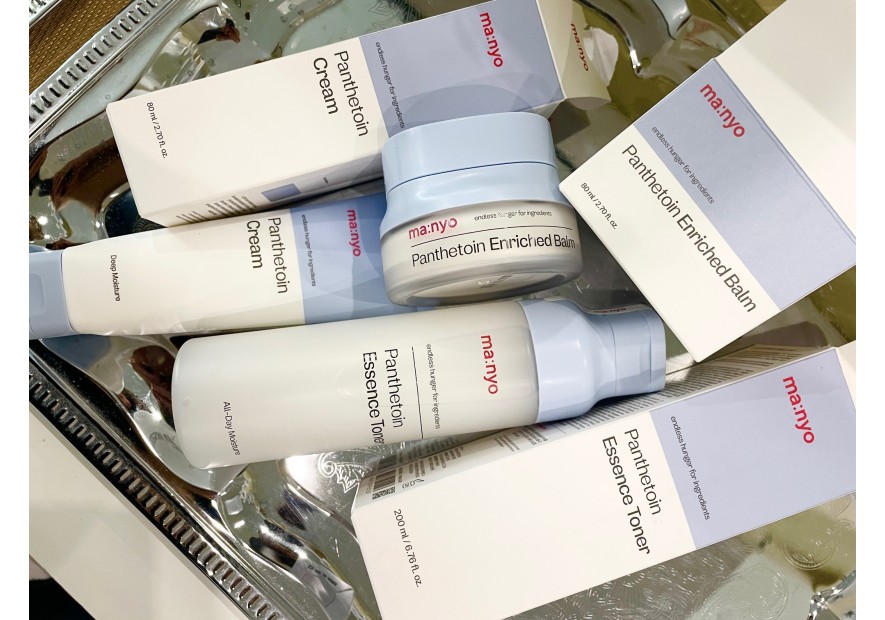

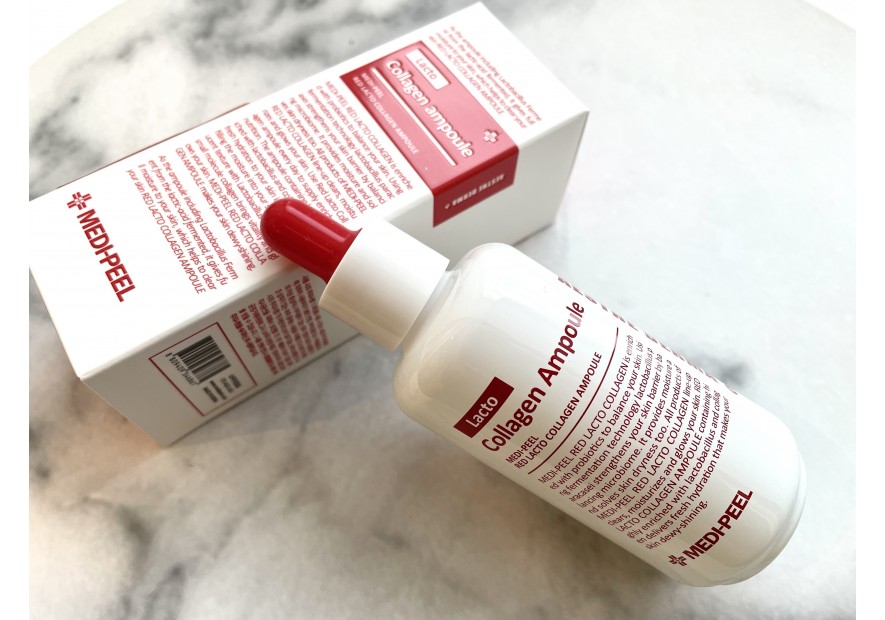

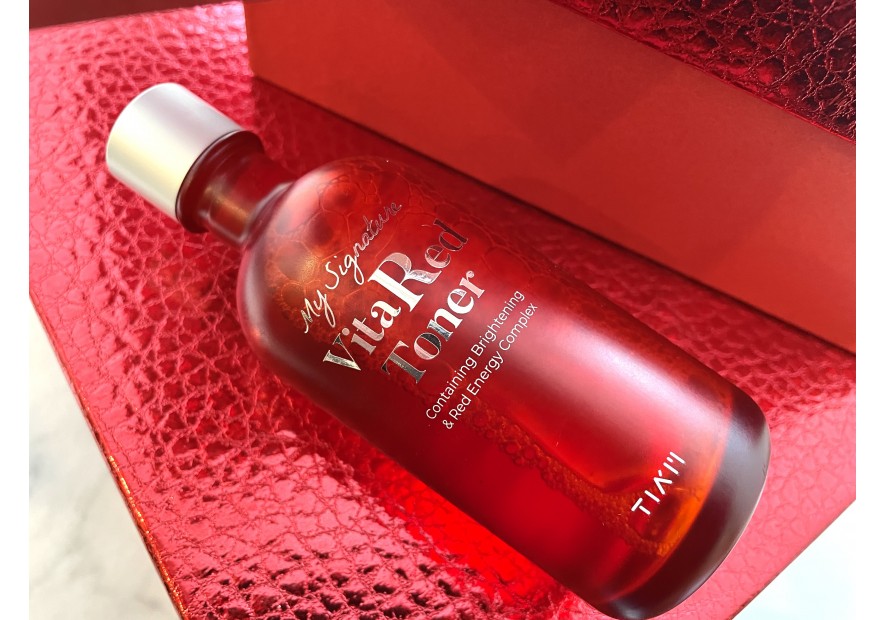
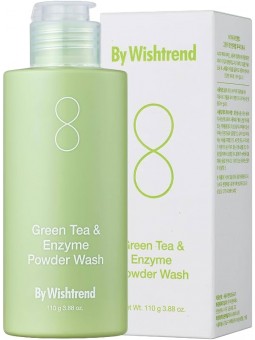

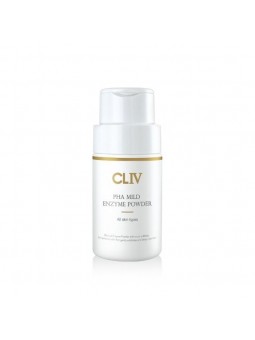
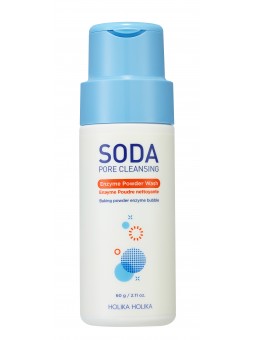
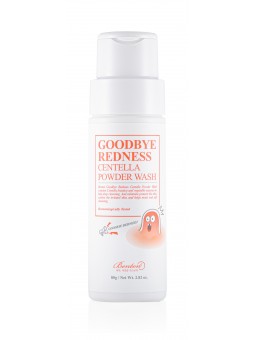
Leave a comment